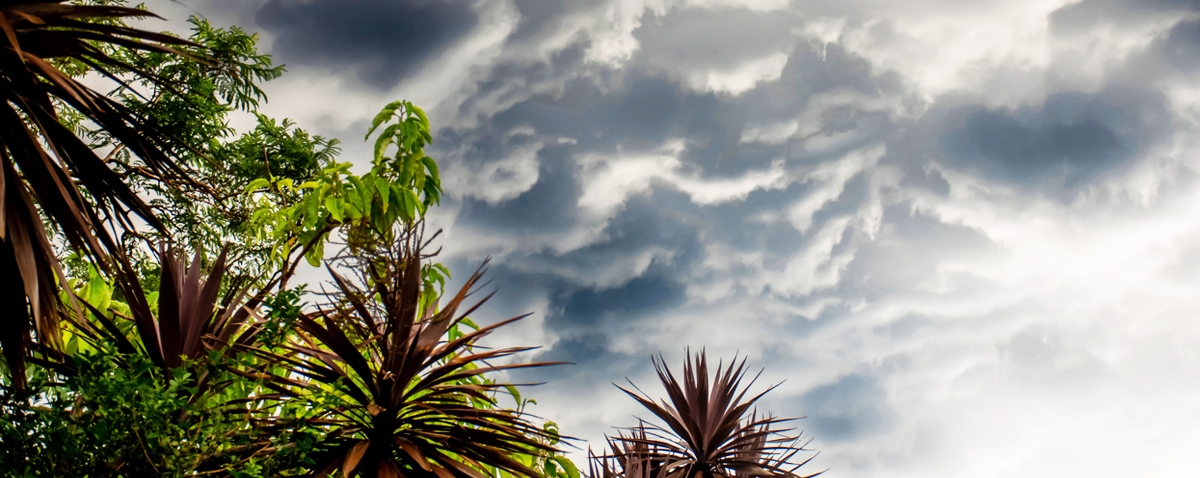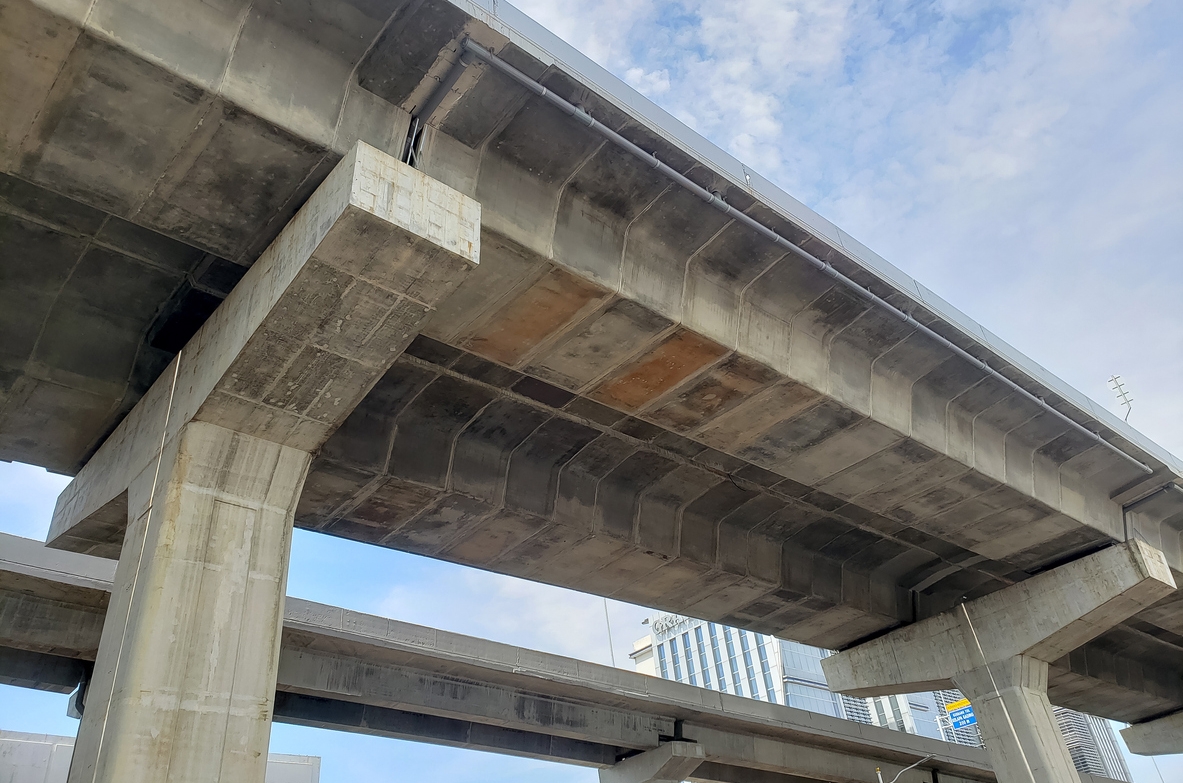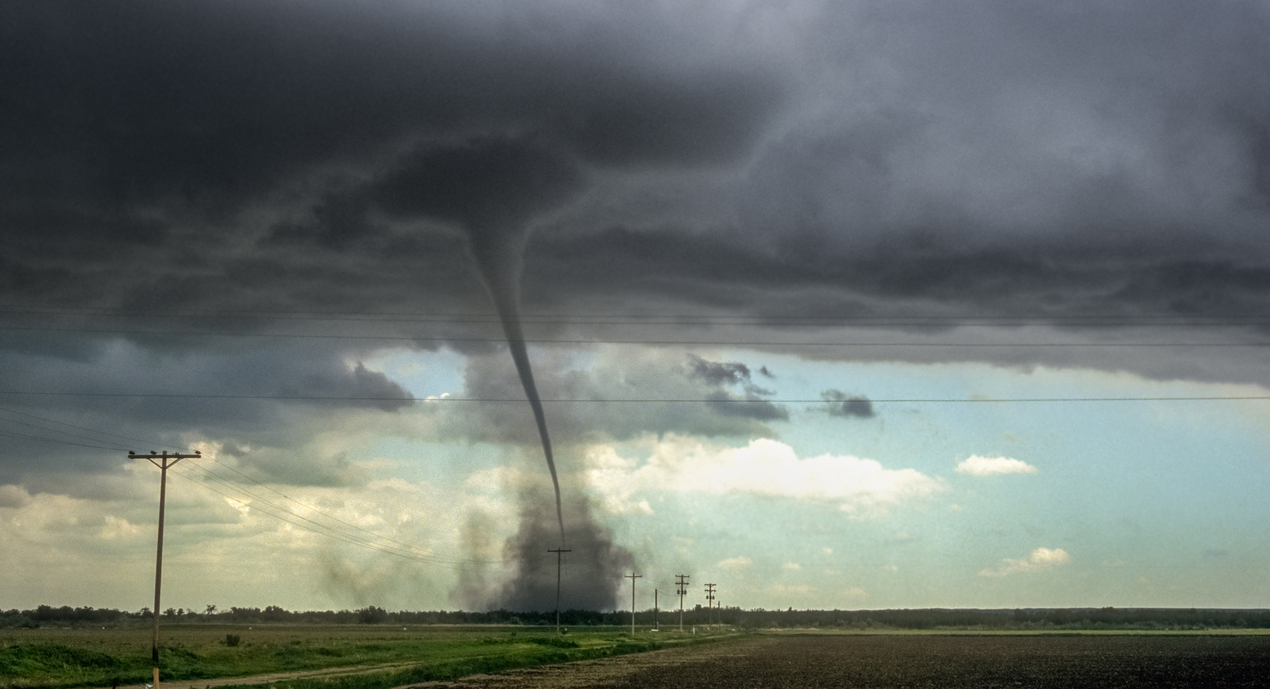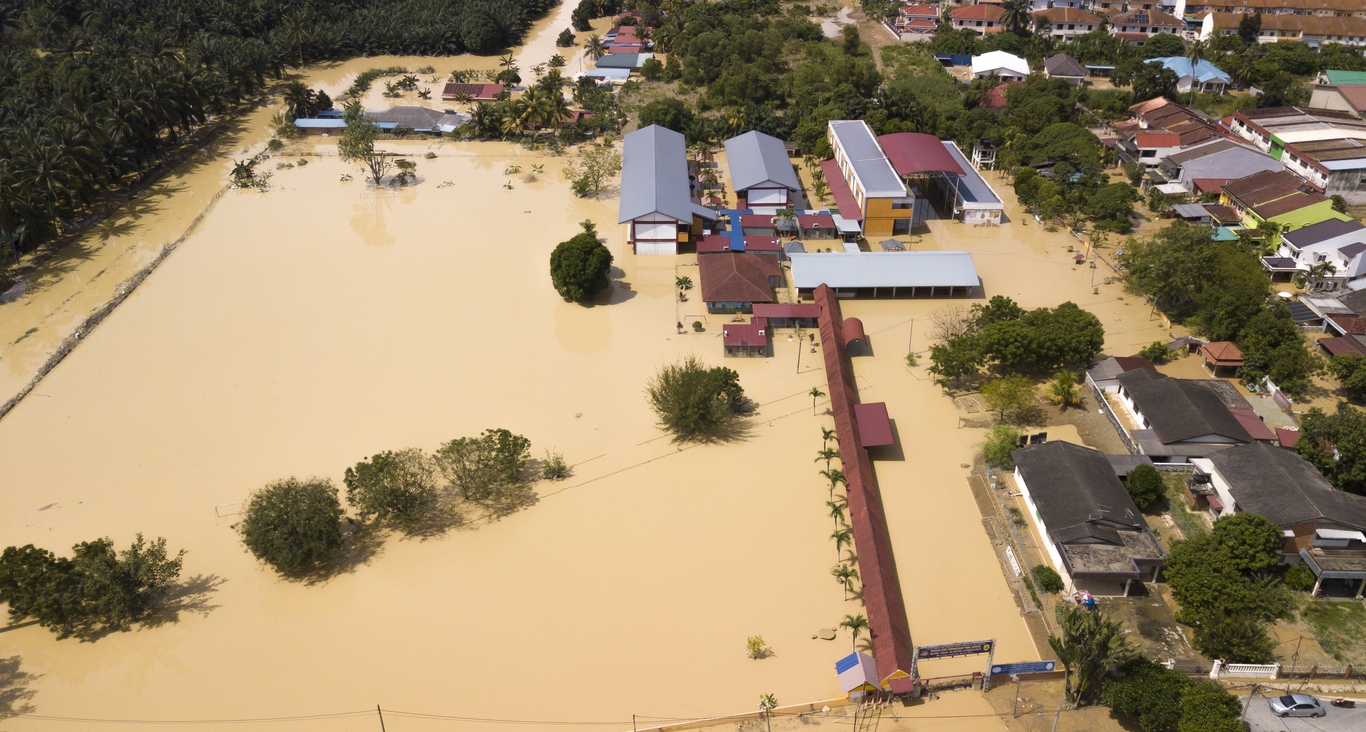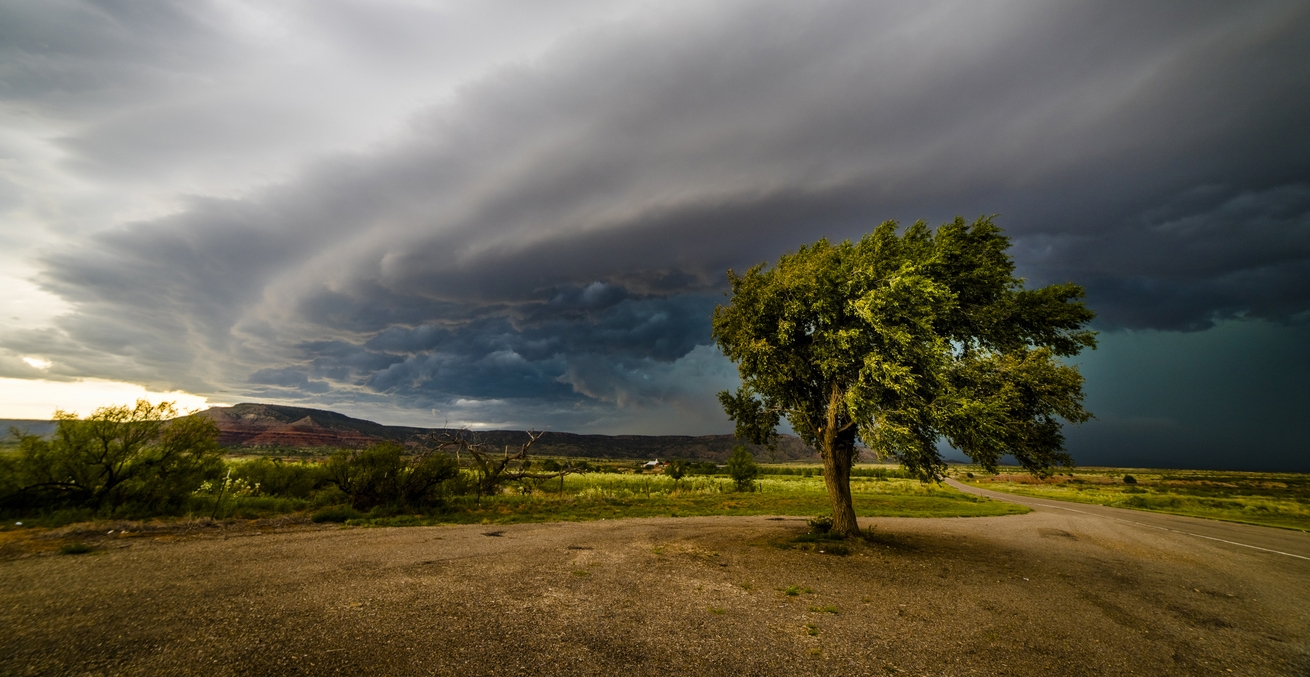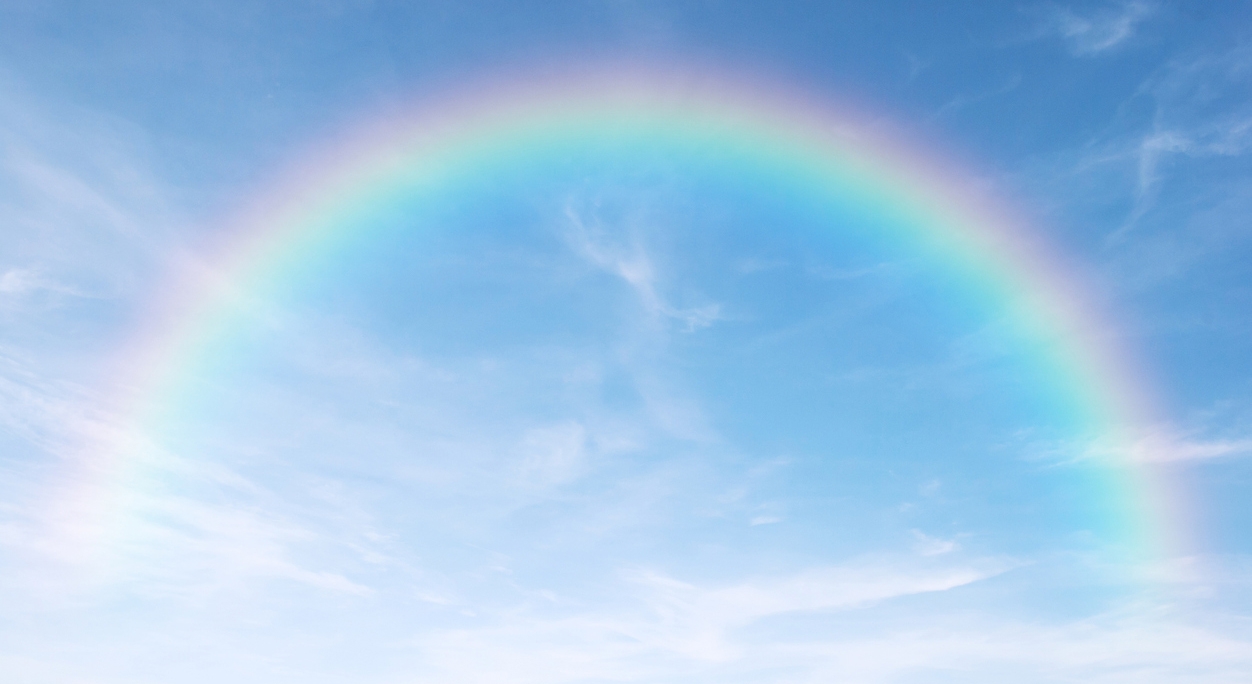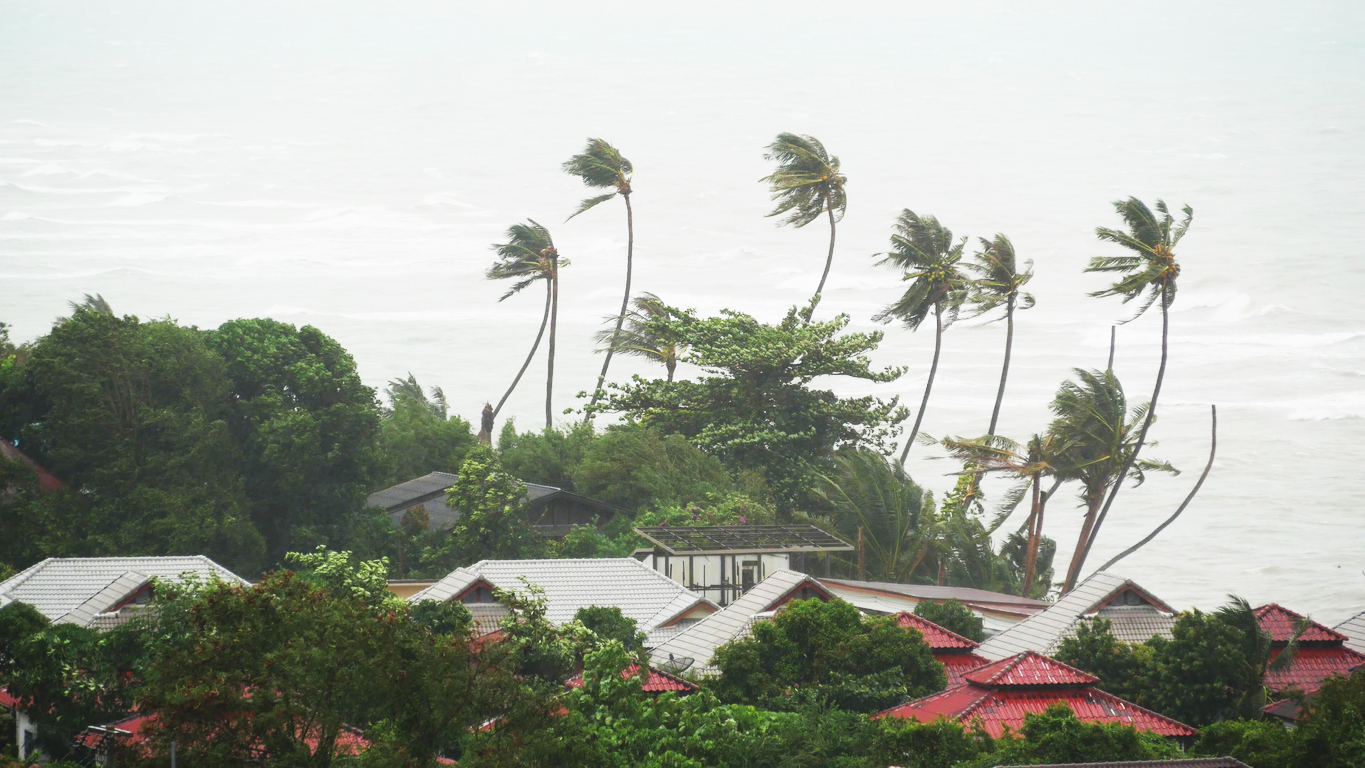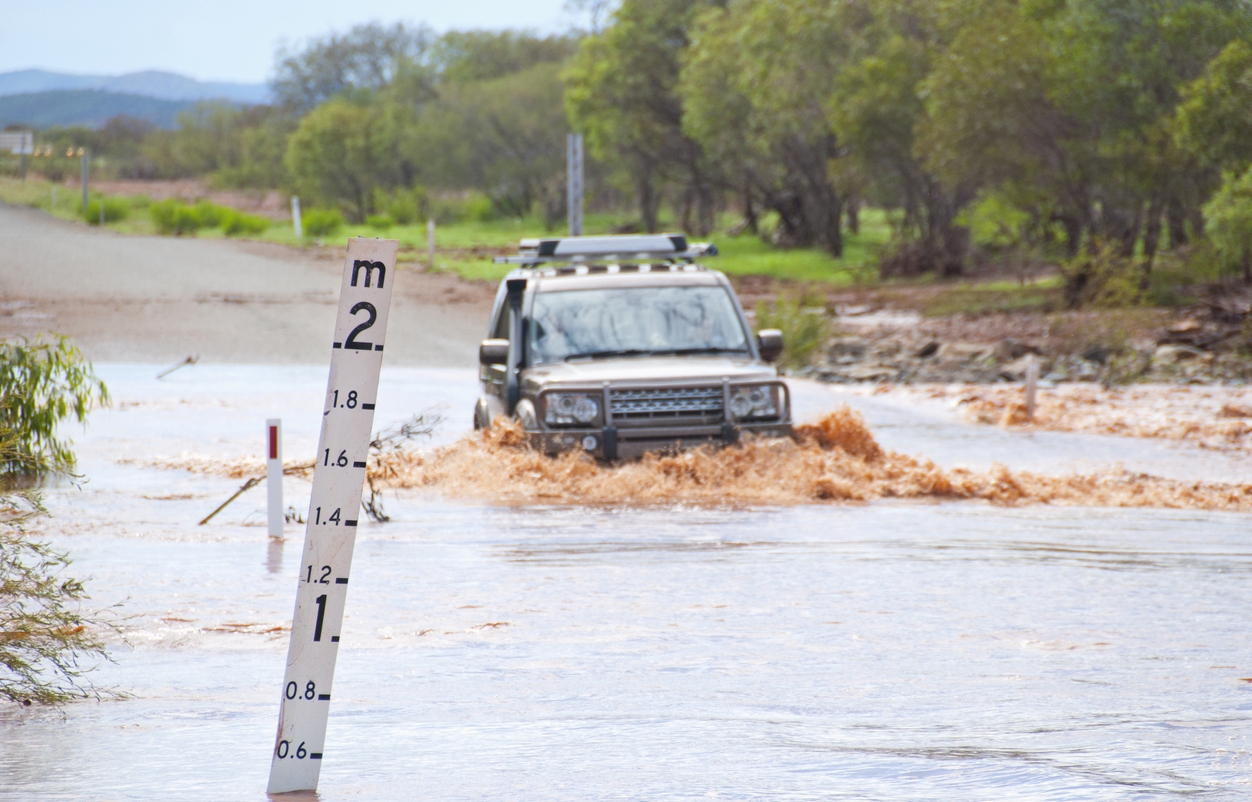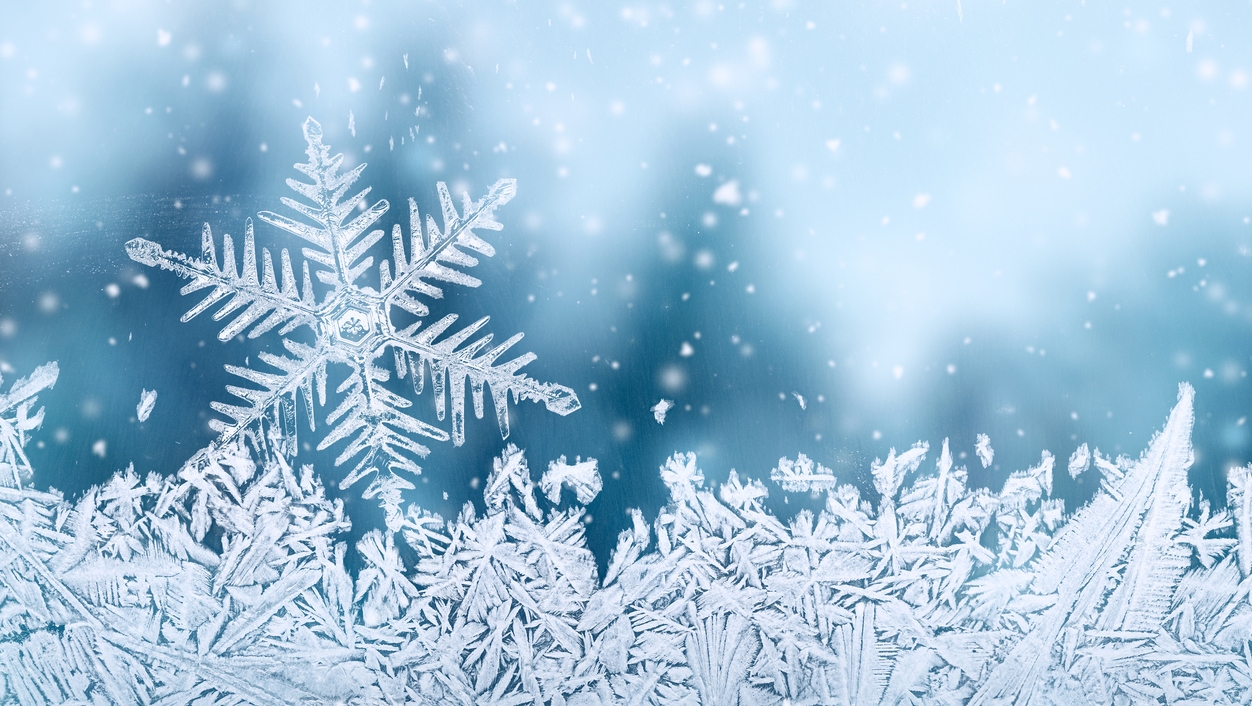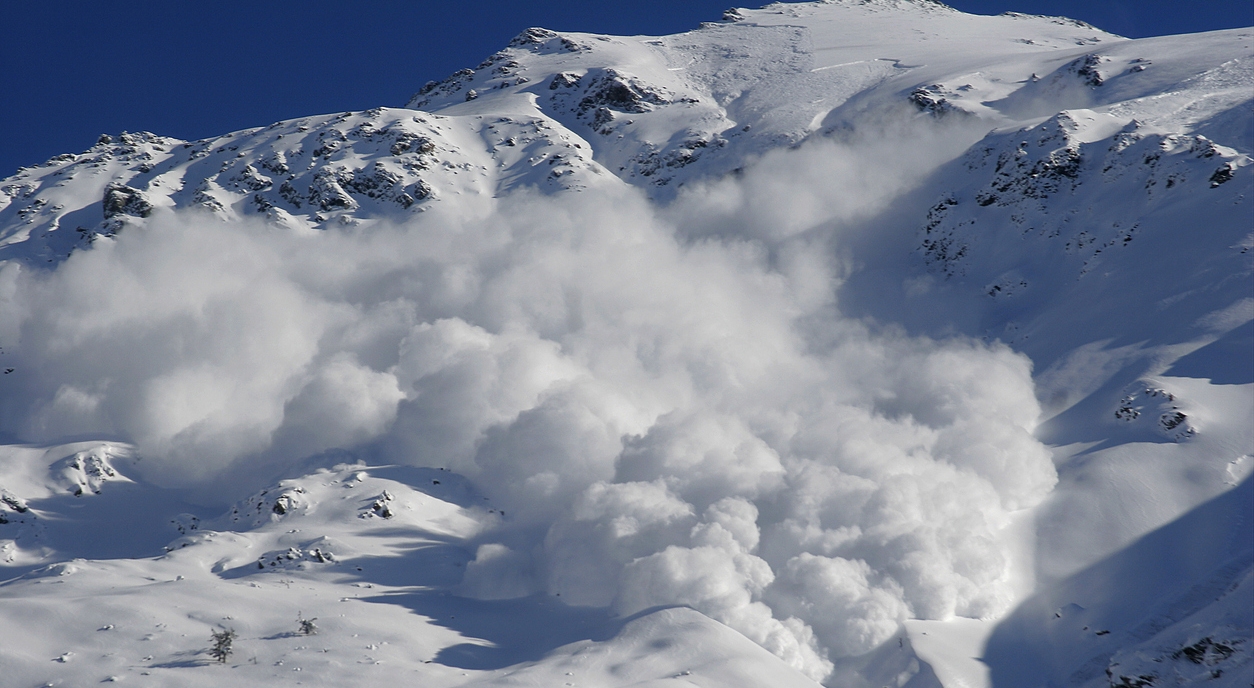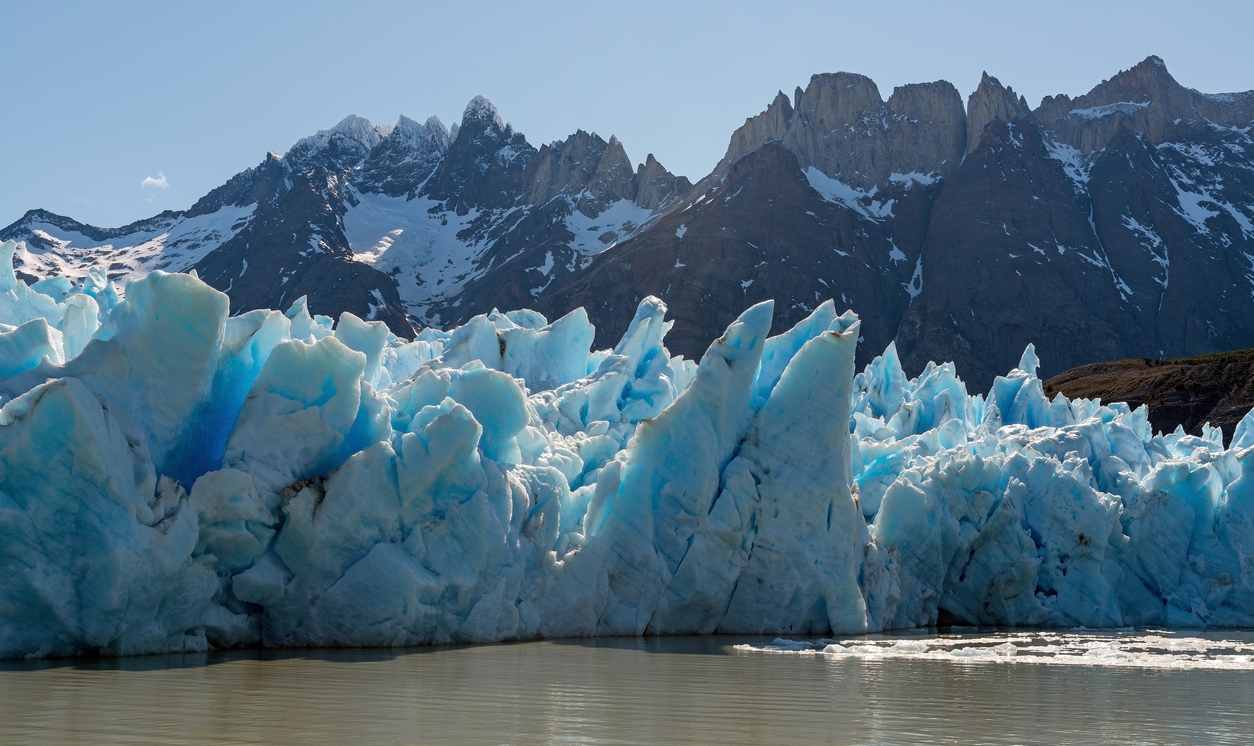Background
A natural phenomenon pertains to an event that can be detected by the senses and is not man-made. Some examples are weather, tornadoes, volcanic eruptions, earthquakes, tidal flow, and more. A lot of natural phenomena are easy to understand by simple observation. However, some really need science to understand them. There are lots of studies being done in the world as to why these natural phenomena occur. There is also plenty of safety advice from experts as to what humans should do in case of natural disasters.
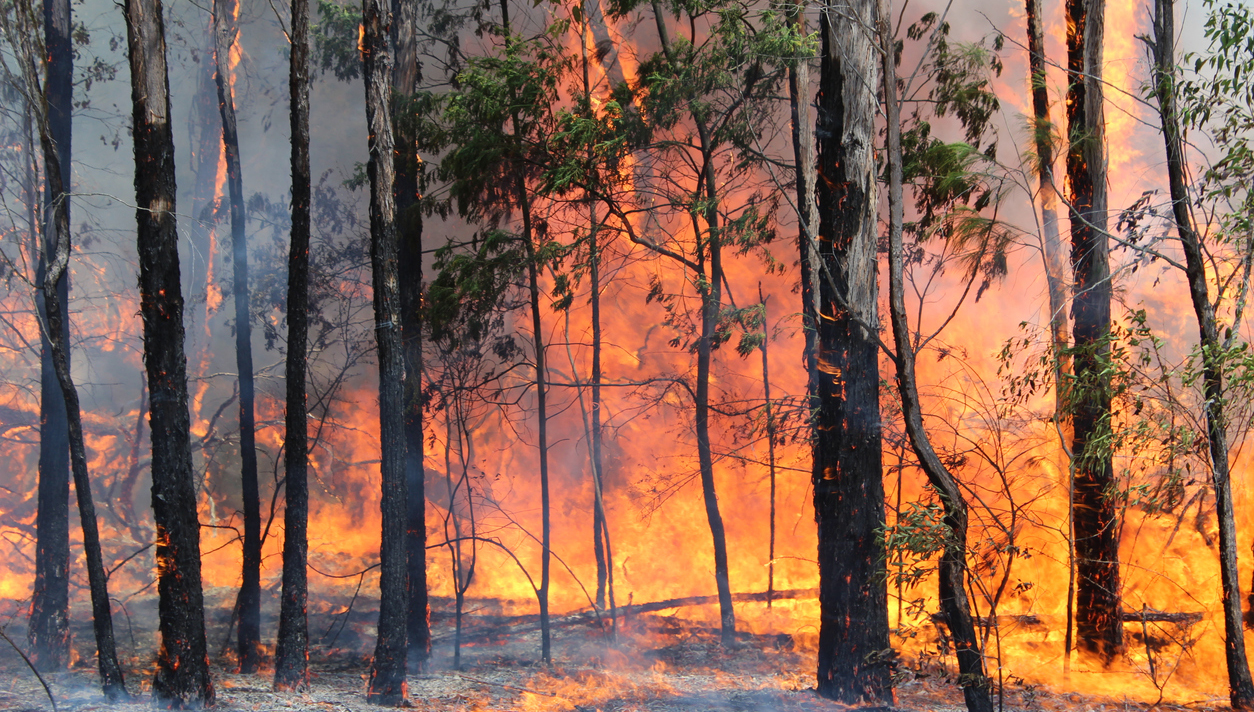
a wildfire in Australia
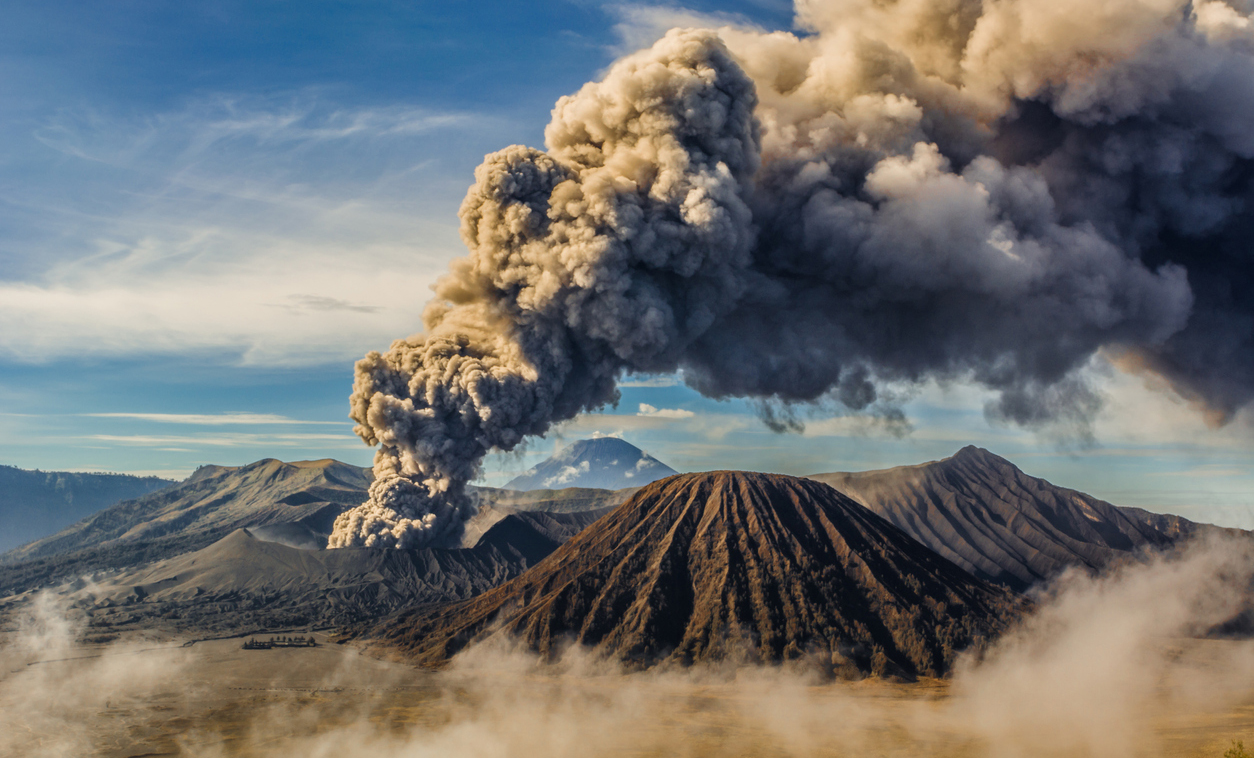
an erupting volcano
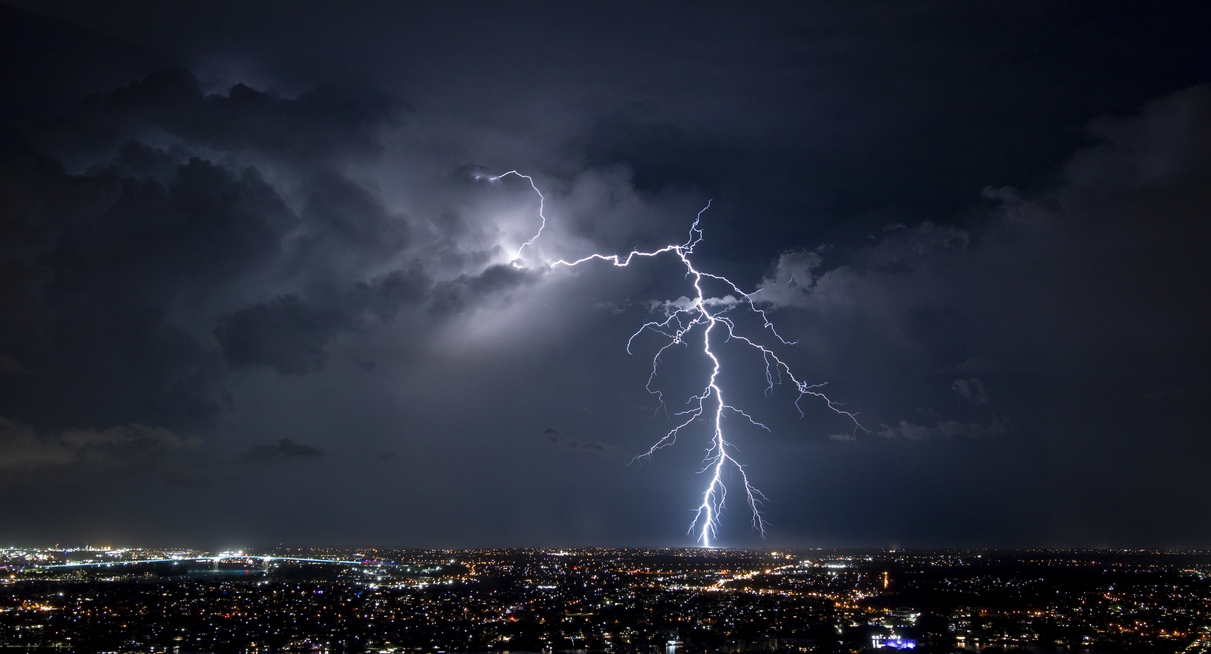
a massive lightning strike
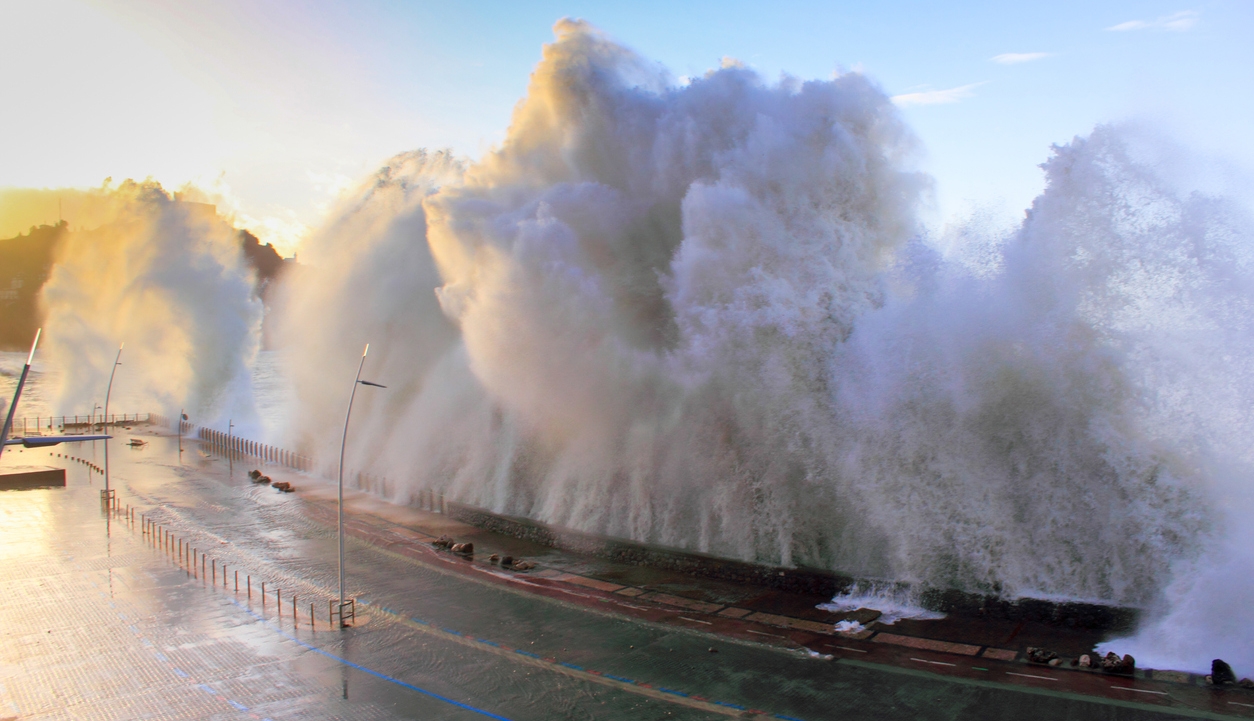
a huge wave by a coastal area
However, the sad part is that not everything that we hear from other people or read in books and on the internet is correct. In fact, there are many false facts about various natural phenomena that lots of people believe in. Some of these are even dangerous, particularly when it comes to dealing with natural disasters. Therefore, to help stop the spread of misinformation, we have gathered in this post some of the common myths about natural phenomena and the reality behind these myths. Read on to learn more about them.
Myth #1: The safest place to be during an earthquake is by a doorway.
For years, some experts have been telling people to stand or get into a doorway during an earthquake for protection. This myth probably started in California, with the first settlements in the state being Spanish missions. The adobe buildings during those times were made of earth and straw. Earthquakes back in the 1800s caused substantial damage to the adobe missions. But since the door frames are made from heavy timbers, they were still standing.
However, this can’t be applied in modern times as doorways today are mostly the weakest part of a structure. In addition to that, standing in a doorway during an earthquake leaves you exposed to imploding plate glass from windows and other flying or falling debris when strong shaking begins. Also, standing in a doorway can make you a victim of a human stampede as people can panic and try to run outside. The safest place during an earthquake is under a strong cover. Drop to the floor, take cover under a table, and hold on until the shaking stops. [1]
Myth #2: It is safe to take refuge under a highway overpass during a tornado.
A lot of people mistakenly believe that a highway overpass can give them a safe spot during a tornado. However, the truth is that an overpass may be one of the worst places to be when a tornado occurs. Using an overpass as a shelter can put you at a greater risk of being injured or killed by a tornado. The speed of the wind of a tornado can sometimes exceed 200mph. These winds are destructive and can produce airborne debris that is blown into and channeled under the overpass where people might be seeking shelter. Some of these include sand, rocks, and dirt that are moving at very fast speeds that can easily penetrate clothing and skin and cause serious injuries or even death.
Therefore, when a tornado occurs, and you’re on the road, it is better to stay in your car with the seatbelt on. Put your head down below the windows and cover your head with your hands or a blanket if possible. Also, if you can get lower than the level of the roadway, go out of your vehicle and lie in that spot, covering your head with your hands. The bottom line is that highway overpasses are not safe shelter areas during a tornado. [2]
Myth #3: Putting tape on windows will protect them during a hurricane.
According to a popular myth, taping up your window will protect it from shattering when a hurricane occurs. However, this only leads to a false sense of security and can actually increase the danger. It’s because taping windows can create larger and deadlier shards of glass when the wind blows through a home. The shards become bigger as they are being held together.
The myth of taping the windows for protection only gives people the illusion that they are safe, but the reality is that they can get severely hurt when they follow it. What residents should use instead are proven methods, including hurricane shutters or impact-resistant windows. [3]
Myth #4: You can outrun a tornado.
This is among the very dangerous myths that have been circulating around for years. It is the human instinct to run away from danger. Since cars can reach speeds that exceed the speed of a tornado, some people might decide to pack up their things and high-tail the tornado out of town. However, If the tornado is already in the area, this decision can be tragic and irrational.
When you see a tornado while driving, do not attempt to outrun it. Even though a tornado travels at top speeds of 70mph, and most cars can exceed that limit, you need to consider the extreme conditions that you will be driving in. If you are far away enough from a tornado, drive at a 90-degree angle away from the twister. However, if the tornado is near, abandon your car and seek a sturdy shelter. If you are trapped in your car, secure your seatbelt and cover your head below your windshield and windows to avoid shattering glass. [4]
Myth #5: Floods and storms are the deadliest hazards.
Many people believe that floods and storms are the deadliest hazards. They may think that this is true because a lot of casualties are being reported in the news after the occurrence of floods and strong storms. However, the deadliest hazards are earthquakes and not floods and storms.
Floods and storms have been involved in 70% of all recorded disaster events in the last 30 years. However, they are associated with just 29% of the fatalities. Earthquakes, on the other hand, are just 9% of the total recorded events but are linked to 38% of all disaster deaths. It’s because earthquakes have destructive effects, such as landslides, tsunamis, fires, and fault rupture. But floods and storms are the most common hazards associated with disasters. [5]
Myth #6: A tree can act as a sufficient shelter during a thunderstorm.
Lightning is a strong force of nature that can have different effects on the environment. There is a popular myth that says seeking shelter under a tree during a thunderstorm will keep you safe. However, this is absolutely false. It’s because trees are especially susceptible to lightning strikes, and being near one during a thunderstorm is very dangerous.
Trees are vulnerable to lightning because they are very tall. In addition, they also contain the necessary moisture and sap to conduct electricity better than they would through the air. Lightning constantly takes the path of least resistance, and mostly, that happens to be a tree. Therefore, when there is a thunderstorm, it is safe to stay in an enclosed building rather than in an open space outdoors. [6]
Myth #7: Lightning victims carry an electric charge. If you touch them, you will be electrocuted.
Many people are afraid to rescue someone who has been struck by lightning as they believe that they will also be electrocuted when they touch the person. However, this belief is only a myth, and there is no truth behind it. Remember that the human body does not store electricity. That’s why you can’t possibly be electrocuted when you touch a lightning victim. If you can, you should give the victim first aid instead and immediately call for an emergency. Doing it can make the difference between life and death. [7]
Myth #8: Everyone sees the same rainbow.
If you see a rainbow and you tell someone with you to take a look at it, you are not looking at the same rainbow. The fact is that no two people can ever see the same rainbow. Regardless of how substantial a rainbow looks, it is only an optical illusion. A rainbow arises when light waves meet water droplets at an angle, mostly when sunlight shines through raindrops. The combination of the angled paths of the light waves and the fact that they are passing through a new substance causes them to change speed and appear bent, which is also known as refraction. When they come across the other side of the droplet, they reflect and exit the droplet, refracting again as they move back from the water to the air. Since the colors do not all refract at the same angle, we see them as separate layers.
No two people can view the resulting rainbow from exactly the same angle. It will always look slightly different for each of us. If you crouch down, move two feet to your left, or stand on your toes, the line would change, and so would the rainbow, even if it is not very noticeable. [8]
Myth #9: Volcanoes belch out smoke when they erupt.
When you watch the news after a volcanic eruption occurs, you will often hear reports saying the volcano erupted and sent smoke into the air. However, this is wrong and is quite frustrating for volcanologists to hear. It is a fact that volcanoes can blast material high up into the air, as far as 30,000 feet or more. However, none of it is smoke.
Volcanic ash is not made up of anything burning but rather from lava and rock that is shattered into small pieces less than two millimeters across. It looks like smoke when it exhausts upward, carried by volcanic gas like water vapor. However, in reality, it is a giant cloud of glass shards. This is why volcanic ash is very dangerous to inhale, as broken glass can damage the lungs if you draw in enough of it. [9]
Myth #10: Winds are the deadliest aspect of hurricanes.
When people hear the word “hurricane,” most will think about very strong winds. This is why many think that winds are the deadliest aspect of hurricanes. However, this is not true. While most people associate hurricanes with howling winds that are strong enough to knock down trees and beat buildings, water is actually the deadliest element of any storm. The reality is that 90% of the fatalities in hurricanes are from the water. Half of it is from storm surges, and another 25% of it is inland rain. The rest is right around the shore and offshore. [10]
Myth #11: Flash flooding only happens near rivers and streams.
Many people who live in urban areas and other places far from rivers and streams think that they are safe from flash flooding. However, it is not true that flash floods can only occur in areas near streams and rivers. The truth is water can rush anywhere, even in urban areas. It’s because it is caused by some overlooked sources, such as hurricanes, snowmelt, and heavy rainfall, which can all occur anywhere. [11]
Myth #12: You can’t get sunburned if it is not summer.
Most people skip applying sunscreen to their skin during the winter season or when summer is over. However, it is not true that the sun during winter is not powerful enough to cause a burn. While the UV index, the gauge used to measure the sun’s ultraviolet ray’s power at a certain time and place, is lower in winter, the sun is still powerful enough to damage the skin. [12] Also, the Earth is physically closer to the sun during the winter. Snow and ice can reflect damaging UV rays, which give the skin a double dose.
Myth #13: It is safe to drive through floodwaters.
This is another dangerous myth that people should not believe. During sustained periods of wet weather, one of the important things to remember is to never drive through floodwaters. When you do this, floodwater will likely damage your vehicle and could also put your life at risk.
Most cars will lose power when submerged and as water enters the exhaust and washes into the air intake, the car will float. Modern cars that have electrically powered locks and windows are difficult to escape from once water gets into the wiring and motors. Off-road vehicles are also not immune to flood waters as their fast-flowing force can overcome four-wheel drive or any other tool at their disposal. Therefore, avoid driving through floodwaters. [13]
Myth #14: Wildfires are natural and should be allowed to burn freely.
While it’s true that wildfires are natural and need to burn freely, there is a limitation to them. The reality is that wildfires are driven by climate change, and they pose a huge threat and demand careful forest management practices. Based on recent research, climate change is associated with the doubling of the total area burned by wildfires in the United States in the last three decades. And as climate change continues swiftly, fires will likely keep on getting bigger and more destructive.
These factors, along with infringing development and a long history of policies that unwisely prevent fires from burning in the forests, mean that wildfires now present a greater danger to the people and the environment. Therefore, it is not true that wildfires should be allowed to burn freely. [14]
Myth #15: No two snowflakes are the same.
You might have heard the myth that no two snowflakes are alike or the same. That each is an individual, just like the human fingerprint. However, if you closely examine snowflakes, you will see that some snow crystals do look like the others. There was a scientist back in 1988 who found two identical snow crystals that formed in a snowstorm in Wisconsin, USA. Scientists also found out that snowflakes can only form into 35 different shapes. Therefore, there is no truth behind this myth.
Snowflakes form different shapes depending on the weather conditions. Therefore, snowflakes falling at one place and time will look similar to each other. Also, on the macroscopic scale, two snowflakes can appear identical in size and shape. They can only differ at the molecular and atomic levels, as they may differ when it comes to the number of atoms and isotope ratio. [15]
Myth #16: An egg can only be balanced on its end during the equinox due to gravitational pull.
According to an old myth, you can stand an egg on its end only during the equinox, when day and night are equivalent in length. This is because there is equal gravity between the Earth and the sun on that day. However, that is just a myth as you can balance an egg on its end any day you want.
The spring equinox happens when the Earth is tilted parallel to its path of motion around the Sun, making the length of the day and the night exactly the same. The idea is that the egg could balance on this day since the Sun and Moon are equidistant from the earth, the pull of gravity is the same, and the egg is less likely to fall over.
It is possible to balance an egg in an upright position when you find one with a yolk centered in the shell. But it does not have to be during the equinox. This myth is just an old wives’ tale, and there is no gravitational change during the equinox that would help an egg balance. It is something that anyone can do any day of the year. It just needs the right egg, practice, and lots of patience. [16]
Myth #17: Avalanches occur without any signs or warning.
A lot of people believe that avalanches happen without any warning or signs. However, this is not true. There are warning signs that an avalanche may occur. Some of these include seeing evidence of previous slides, cracks forming in the snow around your feet, the ground feeling hollow underfoot, hearing a “whumping” sound as you walk, heavy snowfall or rain in the past 24 hours, and significant warming or increasing temperatures.
Avalanches are sudden, but in 90% of avalanche incidents, the snow slides are triggered by the victim or someone in the victim’s group. It is among the natural occurrences that kill more than 150 people worldwide every year. Therefore, if you are planning to go skiing, it is important to get some training first and learn how to look for warning signs for possible avalanches. [17]
Myth #18: Shooting stars are really stars.
Shooting stars are amazing to see in the night sky. However, they are not really stars. A shooting star is a very tiny piece of rock or dust that hits the atmosphere of the Earth from space. It moves so fast that it burns and glows as it moves through the atmosphere. These shooting stars are what astronomers refer to as meteors. Most meteors burn in the atmosphere before reaching the ground. However, if ever one survives and reaches the surface of the Earth, then it is called a meteorite. [18]
Myth #19: Nothing lives on glaciers.
Most people see glaciers as pure and lifeless. However, this is not actually true. It’s because when you look closer at the ice, you will see that some glaciers actually contain living things like worms. In addition to that, there are also lots of algae in snow than you would think. Glaciers also contain dust called cryoconite, which is a mixture of dust, bits of rock, and microbes. Far from being pure or lifeless, glaciers are actually full of microscopic and macroscopic but tiny life. [19]
Myth #20: A tsunami is a single wave. Once it has occurred, you are safe.
The myth that a tsunami is a single wave is absolutely false. The truth is that it is a series of waves caused by an underwater earthquake, landslide, or volcanic eruption. There may be five to twenty waves that come during fixed periods, mostly 10 minutes to 2 hours. The first waves of a tsunami are usually small, and the following waves become larger. Therefore, if you don’t get washed away by the first wave, it is important to stay as far as the shoreline as possible to escape the incoming waves, which are going to be stronger. [20]
Conclusion
These are some of the common myths about natural phenomena that we should no longer believe. It is quite alarming as some of the myths we’ve included here can impose risk and can put people in danger when followed. This is why it is very important to do more research about certain information that we get from people, books, and the internet. We hope that by knowing this information, you will also be able to help stop the spread of false facts.
References
[1] Bennett, W. (2018, December 12). Why a doorway isn’t safe during an earthquake. Disaster Survival Skills. Retrieved July 28, 2022, from https://disastersurvivalskills.com/blogs/preparedness/why-a-doorway-isn-t-safe-during-an-earthquake
[2] Ground Zero Shelters, E. (2022). Storm shelters & tornado shelters in the US. Ground Zero Storm Shelters. Retrieved July 28, 2022, from https://www.groundzeroshelters.com/why-not-to-seek-shelter-under-overpasses
[3] CBS News, E. (2012, March 27). Hurricane Experts: Stop taping windows for storms. CBS News. Retrieved July 28, 2022, from https://www.cbsnews.com/news/hurricane-experts-stop-taping-windows-for-storms/
[4] abc7 Chicago, E. (2018, April 16). What to do when you see a tornado while driving. ABC7 Chicago. Retrieved July 28, 2022, from https://abc7chicago.com/tornado-weather-accuweather-twister/3296889/
[5] Thomson Reuters Foundation, E. (2014, November 3). Seven myths about disasters. news.trust.org. Retrieved July 28, 2022, from https://news.trust.org/item/20141103115234-a5v2c/
[6] DeAngelis, Z. (2021, November 21). Top 5 trees most likely to get struck by lightning. Tree Journey. Retrieved July 28, 2022, from https://treejourney.com/trees-most-likely-to-get-struck-by-lightning/
[7] NOOA, E. (2020, August 19). 5 striking facts versus myths about Lightning you should know. National Oceanic and Atmospheric Administration. Retrieved July 28, 2022, from https://www.noaa.gov/stories/5-striking-facts-versus-myths-about-lightning-you-should-know
[8] Gutoskey, E. (2021, November 25). Rainbow disconnection: Why no two people can ever see the same rainbow. Mental Floss. Retrieved July 28, 2022, from https://www.mentalfloss.com/article/652449/why-no-two-people-see-same-rainbow
[9] Klemetti, E. (2018, May 25). Perspective | five myths about volcanoes. The Washington Post. Retrieved July 28, 2022, from https://www.washingtonpost.com/outlook/five-myths/five-myths-about-volcanoes/2018/05/23/9d18fea6-5e07-11e8-9ee3-49d6d4814c4c_story.html
[10] Sorrells, T. (2022, May 16). Wind is not the deadliest aspect of any hurricane. here’s what is. WKMG. Retrieved July 28, 2022, from https://www.clickorlando.com/weather/2022/05/16/wind-is-not-the-deadliest-aspect-of-any-hurricane-heres-what-is/
[11] Stone, C. (2022, June 23). 11 weather myths you need to stop believing right now. Reader’s Digest. Retrieved July 28, 2022, from https://www.rd.com/list/weather-myths/
[12] Stancati, A. (2019, August 6). Can you get a sunburn in winter? Hamilton Health Sciences. Retrieved July 28, 2022, from https://www.hamiltonhealthsciences.ca/share/winter-sun/
[13] NRMA, E. (2020). Why you should never drive through floodwater. NRMA. Retrieved July 28, 2022, from https://www.mynrma.com.au/cars-and-driving/driver-training-and-licences/resources/why-you-should-never-drive-through-flood-water
[14] The Wilderness Society, E. (2018, November 19). 5 big myths about wildfire. The Wilderness Society. Retrieved July 28, 2022, from https://www.wilderness.org/articles/article/5-big-myths-about-wildfire
[15] Anne Marie, H. P. D. (2020, March 2). Science explains whether two snowflakes are ever alike. ThoughtCo. Retrieved July 28, 2022, from https://www.thoughtco.com/why-all-snowflakes-are-different-609167
[16] Portelli, R. (2020). Science myth: Can you balance an egg on the spring equinox? Scholastic. Retrieved July 28, 2022, from https://www.scholastic.com/parents/kids-activities-and-printables/activities-for-kids/math-and-science-ideas/science-myth-can-you-balance-egg-spring-equinox.html
[17] US Department of Commerce, N. O. A. A. (2021, March 2). Avalanche safety. National Weather Service. Retrieved July 28, 2022, from https://www.weather.gov/safety/winter-avalanche
[18] Cool Cosmos, E. (n.d.). Ask an astronomer. Cool Cosmos. Retrieved July 28, 2022, from https://coolcosmos.ipac.caltech.edu/ask/255-What-is-a-shooting-star-
[19] Fitzner, Z. (2018, August 23). What exactly is living in those icy cold glaciers? Earth.com. Retrieved July 28, 2022, from https://www.earth.com/news/glaciers-living/
[20] Largent, C. (2011, March 11). Myths about tsunamis. Natural Hazard Disclosure Report California Real Estate Property ID. Retrieved July 28, 2022, from https://propertyid.com/article/view/973/myths-about-tsunamis

